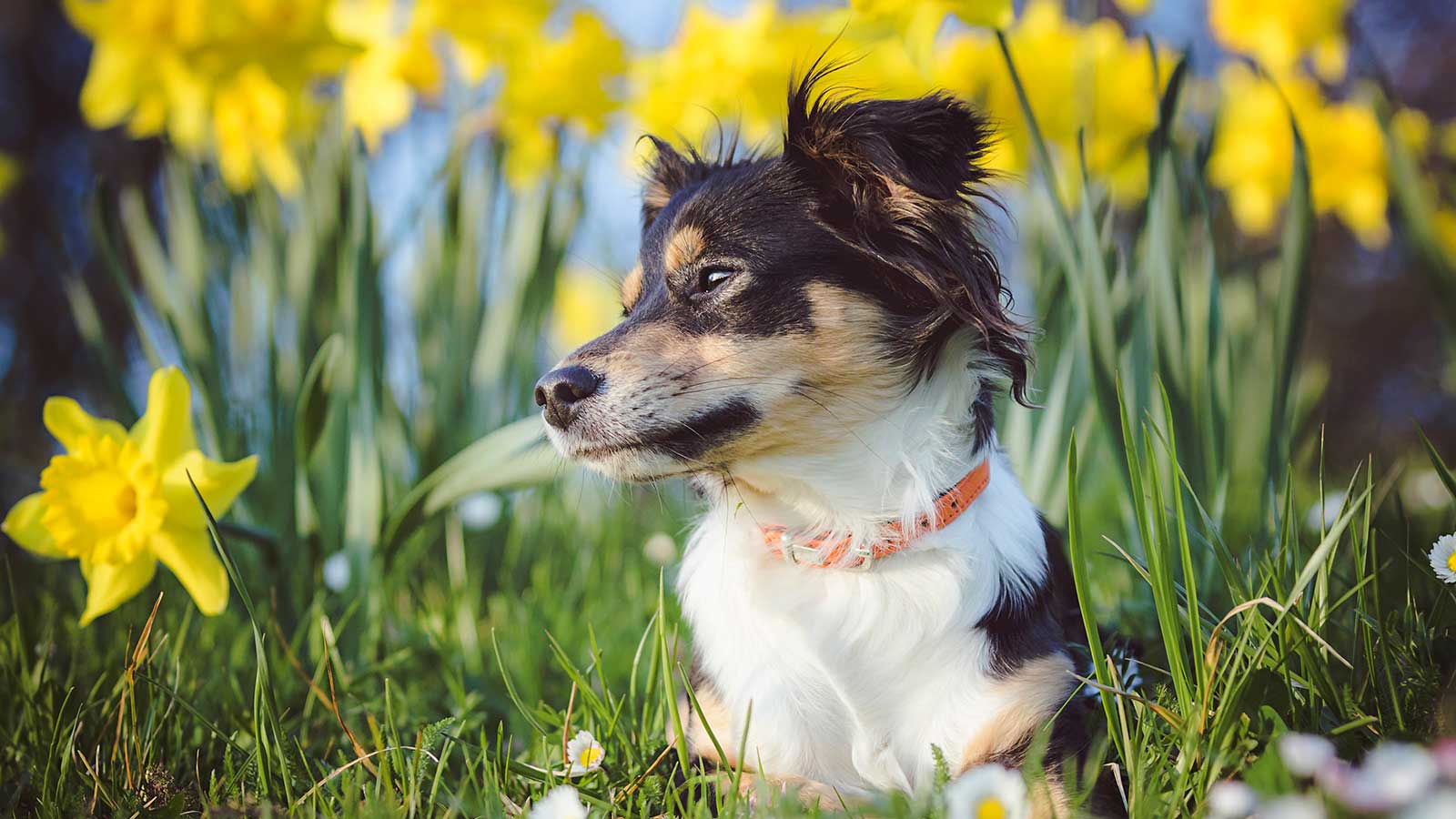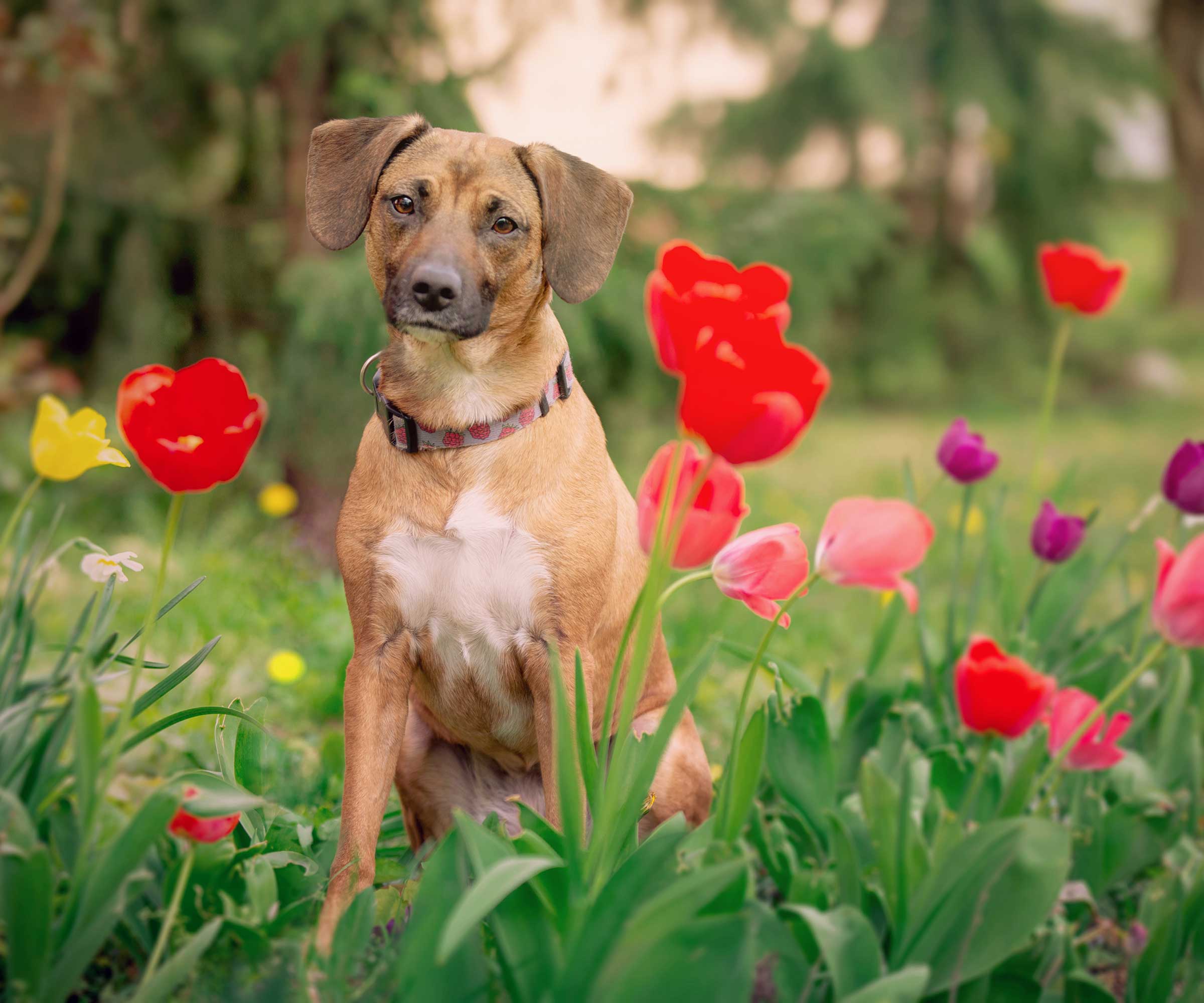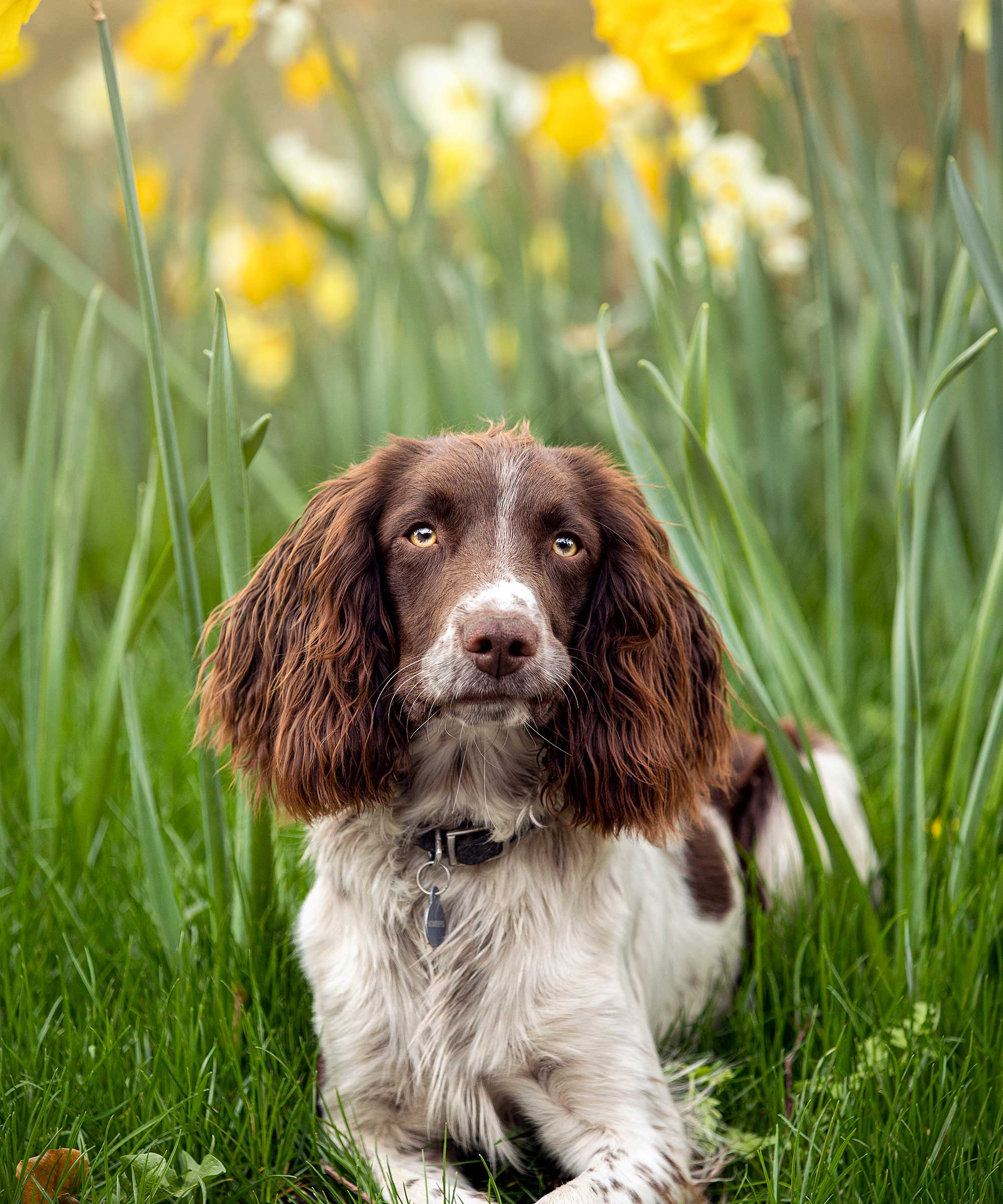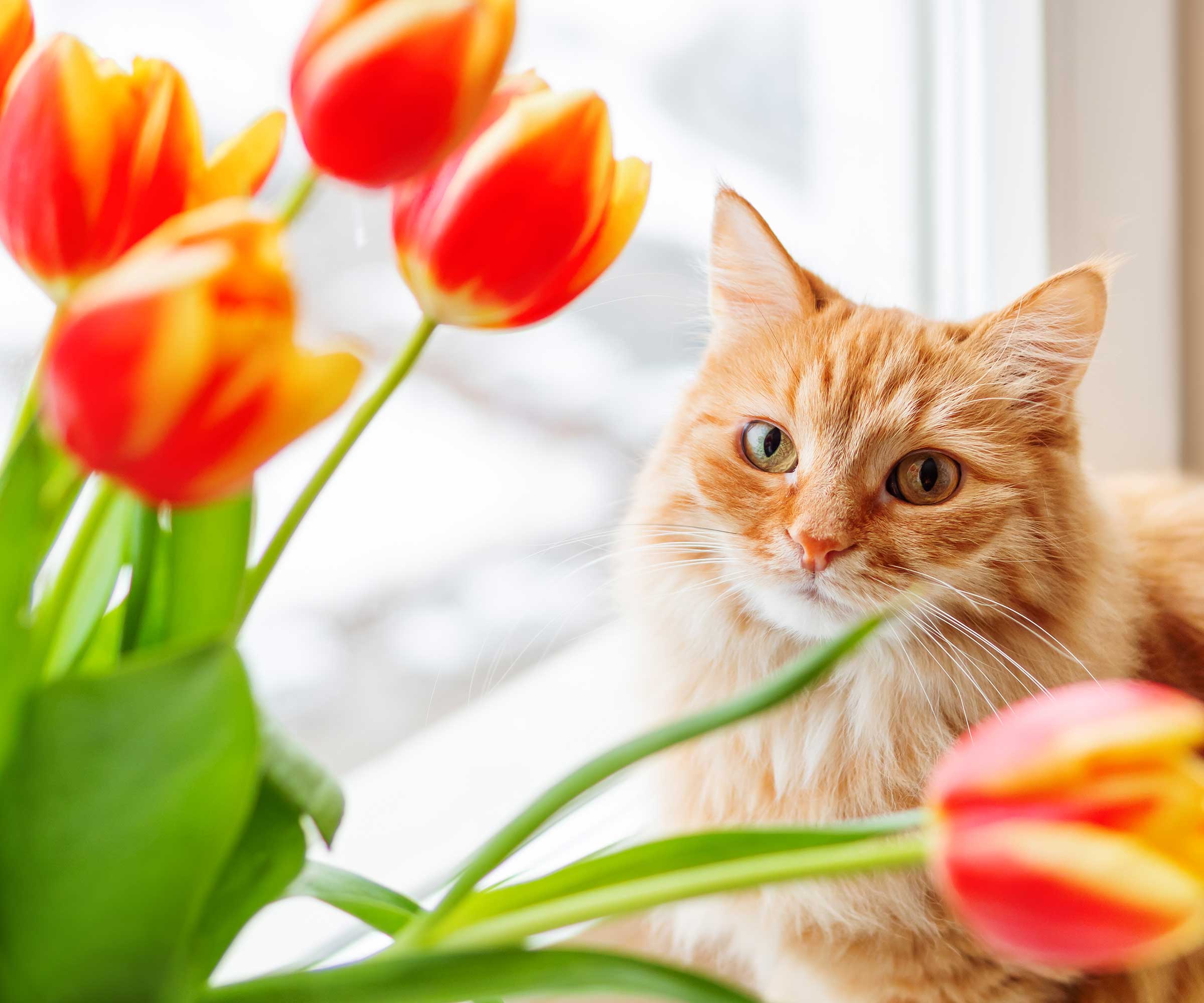
Q: I planted lots of spring bulbs in borders and pots last fall, including daffodils and tulips. I am looking forward to them blooming, but recently heard that they are poisonous for pets. I have a dog, so I’m a bit concerned – what precautions do I need to take?
A: With their glorious colors and promise of warmer days ahead, it’s no surprise that spring bulbs are loved by many – myself included. However, as pretty as they may be, bulbs are poisonous plants for dogs and cats. This means measures must be taken to keep pets safe, whether you’ve planted your bulbs in your backyard or are forcing them indoors for an early display.

The dangers of spring bulbs
All spring bulbs can be a health risk for four-legged friends. Commonly grown examples include crocuses, daffodils, tulips, bluebells, hyacinths, irises, and snowdrops.
All parts of the plants contain toxins, but these are concentrated in the bulbs, says Dr. Ray Spragley of Zen Dog Veterinary Care. Dr. Sabrina Kong, a senior veterinary contributor at WeLoveDoodles, says, 'Pets are naturally curious, or sometimes just plain bored, and they might dig up and chew on these bulbs.' The consequences can be serious.
‘Spring bulbs may cause gastrointestinal discomfort, drooling, vomiting, diarrhea, and ulceration of a pet’s mouth,’ Ray warns. ‘Daffodils are especially toxic because they can cause central nervous system depression, low blood pressure, and seizures,’ he adds.
In severe cases, poisoning from spring bulbs can lead to breathing and heart problems, and can even be fatal. 'If you ever think your pet has eaten something toxic, get them to the vet right away,' says Sabrina. 'Quick action can make a huge difference.'
Top tip: Lilies are super toxic, especially to cats, warns Sabrina. 'Even a little bit can cause kidney failure.'

Keeping your pets safe
'It’s important to be proactive to ensure your pet’s safety,' says Rebecca Sears, a gardening expert from Ferry-Morse. She advises keeping pets away from areas where spring bulbs are planted by installing barriers, such as dog-proof fencing.
'To create a truly safe environment for your pets, consider planting more pet-friendly options instead of bulbs,' Rebecca adds. For instance, camellias, nasturtiums, rosemary, snapdragons, and roses are considered non-toxic to cats and dogs – and all are just as beautiful (albeit some flowering a little later).
Bulbs planted indoors, such as hyacinths or amaryllis, should be kept well out of reach of animals, too. Indoor cyclamen are also a danger if ingested. And don't forget about bulbs in backyard storage – Ray highlights how these should also be kept securely away from your pets.

FAQs
Are spring bulbs toxic to humans?
Yes, bulbs are toxic to humans as well as pets, and shouldn’t be ingested. Keep them away from children.
Some bulbs, such as hyacinths, can also irritate the skin when touched, so wear gloves when planting them. These patterned gardening gloves from Terrain are both pretty and practical.
Are spring flowers in a vase dangerous to pets?
Bunches of daffodils and tulips are lovely ways to brighten our home, but it’s important to remember that all parts of spring bulbs are poisonous to pets. Keep your cats and dogs away from them, and don’t let them drink the water from the vase.
As well as being mindful of the potential dangers in your spring garden, there are other tips to take on board for a cat- and dog-friendly backyard.
Following organic gardening practices (free from toxic fertilizers and pesticides) and installing backyard fences to prevent access to busy roads are two other ways to help keep your furry companions safe.







